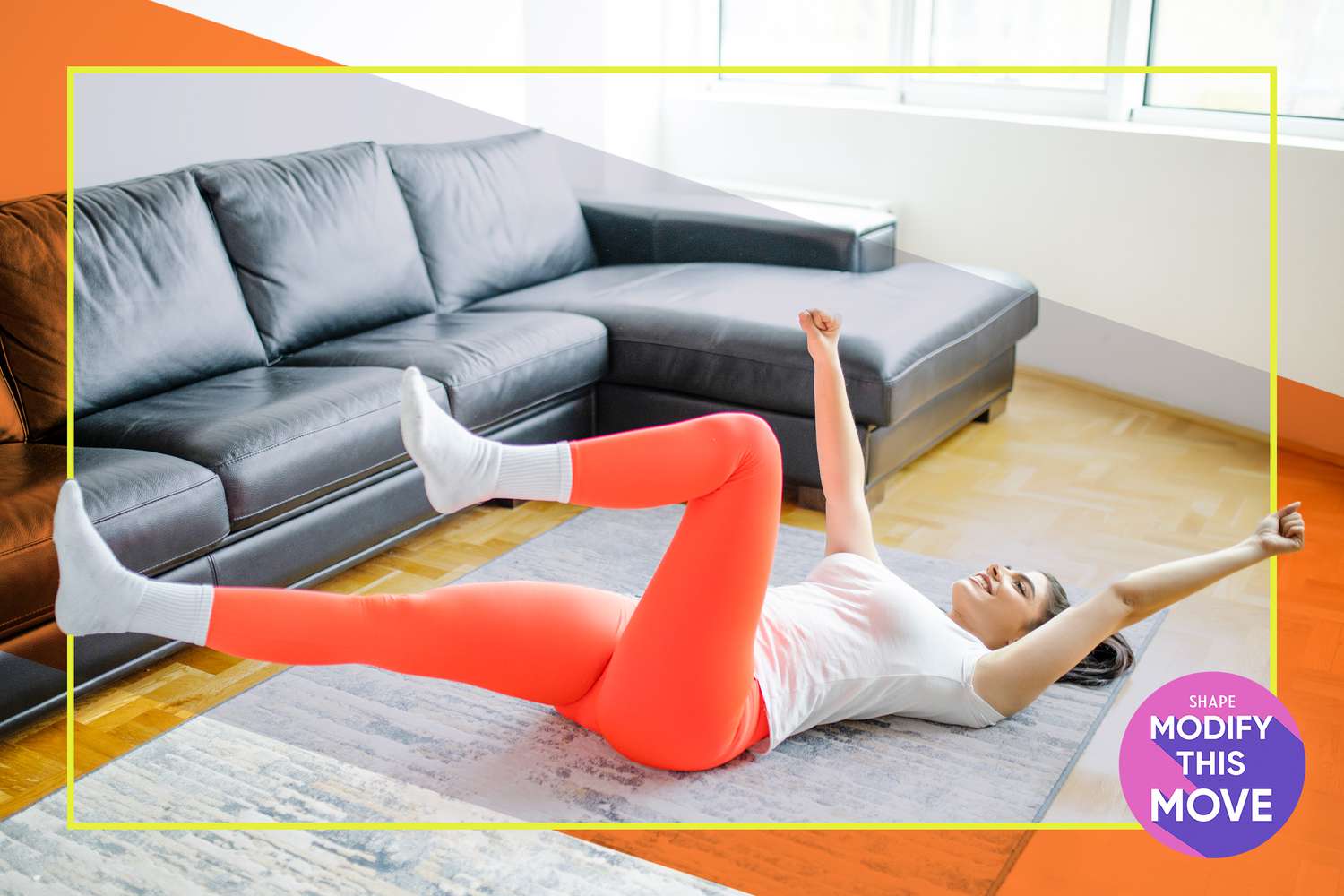Suitable Dead Bug Exercises for All Fitness Levels

The potential of dead bugs in preventing and addressing back pain, as well as strengthening the core and improving movement, is often unrecognized. Core-strengthening exercises such as these are crucial for every workout regimen as they increase power for activities like running, squatting and hiking. Importantly, they also counter back pain caused by a weak or unstable core, and enhance coordination for daily functional activities, including stepping over hurdles, moving objects, and lifting heavy items.
Exercising is one of the most effective ways to deal with lower back pain and weak core. Dead bugs exercise is particularly useful for bolstering stability in the lumbopelvic region, comprising of lower back and pelvis, as noted by the Strength and Conditioning Journal. This region is frequently responsible for lower back pain and has been connected with pelvic floor dysfunction (PFD), exceptionally in women.
Below are some variations of the dead bug exercise for beginners to advanced, including back pain-specific alterations.
A. Lie flat on your back on a soft surface such as a padded mat or carpet.
B. Reach your arms directly above your shoulders and elevate your legs so that your knees line up with your hips. This is the initial position for the dead bug exercise.
C. Brace your core as if an impact is about to hit your abdomen, and press your lower back to the floor, tilting your pelvis to prevent any gap in your lower back.
D. Gradually lower one arm behind you (towards the floor) while simultaneously lowering the opposite leg towards the floor. Keep your lowering knee bent or straighten it for a more rigorous workout. Maintain your lower back's contact with the floor.
E. Return to the starting position and perform the movement with the other arm and leg. Make the exercise more challenging by keeping your head off the ground throughout the exercise.
You can simplify the exercise by keeping your hands on your abdomen, thereby incorporating only the movement of the legs. This version can also be used to understand your range of motion. Start with completely bent knees and gradually straighten them. The point past which you can no longer keep your lower back pressed into the floor marks the end of your range.
A. Lie on your back with knees bent over your hips forming an upside-down L. Use your core muscles to keep your lower back pushed into the floor. Place your hands on your abdomen.
B. Extend your legs individually, keeping your core tight and lower back flat. Lowering your feet closer to the floor makes the exercise more challenging. Try this with bent knees and straight to make it more strenuous.
Upon mastering the traditional dead bug, you can try extending both legs at once for an advanced version. Keep your arms above you or extend them either one at a time or simultaneously to make the workout even more difficult.
A. Assume the starting dead bug position by lying on your back with your arms over your shoulders and knees over your hips.
B. Engage your core and press your lower back to the floor.
C. Slowly extend both legs towards the floor. Either keep your knees bent or straighten them as per your comfort level.
Dead bugs are excellent for reducing acute and chronic lower back pain by activating the deep core muscles. However, if you have current back pain or weak deep core muscles, the traditional version might be too strenuous. If pressing your lower back into the floor causes discomfort due to an injury or chronic back pain, try a different version which makes it easier to brace your core and press your back into the floor. As you get stronger, you can shift to the traditional version to continue developing deep core strength.
A. Lie on your back, bend your knees, and place your heel on the floor. By engaging your core muscles, keep the small of your back pushed into the floor. Keep your hands on your abdomen.
B. Lift one leg so that your knee stacks over your hip, followed by the other leg. Lower the first leg so your heel rests on the floor, followed by the other leg.
C. Repeat the movement, this time initiating with the other leg.
While the traditional dead bug certainly increases core stability, adding an isometric hold with a resistance band increases the challenge. Research shows that including anti-extension and isometric exercises in core workouts boosts functional movement patterns, reducing the risk of injury and muscular imbalances.
A. With a band anchored behind you, lie on your back and bring your knees up towards your chest, bending them 90 degrees to create an upside-down L.
B. Grasp the band with both hands and pull it over your head until it reaches mid-chest while keeping your elbows straight.
C. While holding the tension from the band, straighten one leg to hover a few inches off the floor, then reverse to return to the starting position.
D. Repeat the same movement with the other leg. Make sure to hold the tension in the band throughout the exercise.
Adding resistance and arm motions in this variation of the dead bug exercise with a medicine ball provides extra benefits for your entire body using motor control. During this variation, you can switch arms or reach overhead simultaneously. Just be sure to keep your core engaged throughout.
Motor control exercises can help build control and coordination of the spine and pelvis. Research suggests that incorporating motor control exercises can benefit those dealing with chronic or recurring low back pain. While motor control exercises aren't a one-and-done solution, they are a helpful addition to core workouts (and medical care), especially if you have lumbar instability or issues with spinal control.
A. Lie on your back in the dead bug position, knees bent and stacked over hips and arms extended, holding a medicine ball. Alternatively, hold the bell of a kettlebell or the ends of a dumbbell in each hand.
B. Try different combinations of extending your legs, simultaneously or one at a time, while holding the ball above your chest with straight arms or extending your arms and the ball behind you. Maintain engagement of your core the entire time.




